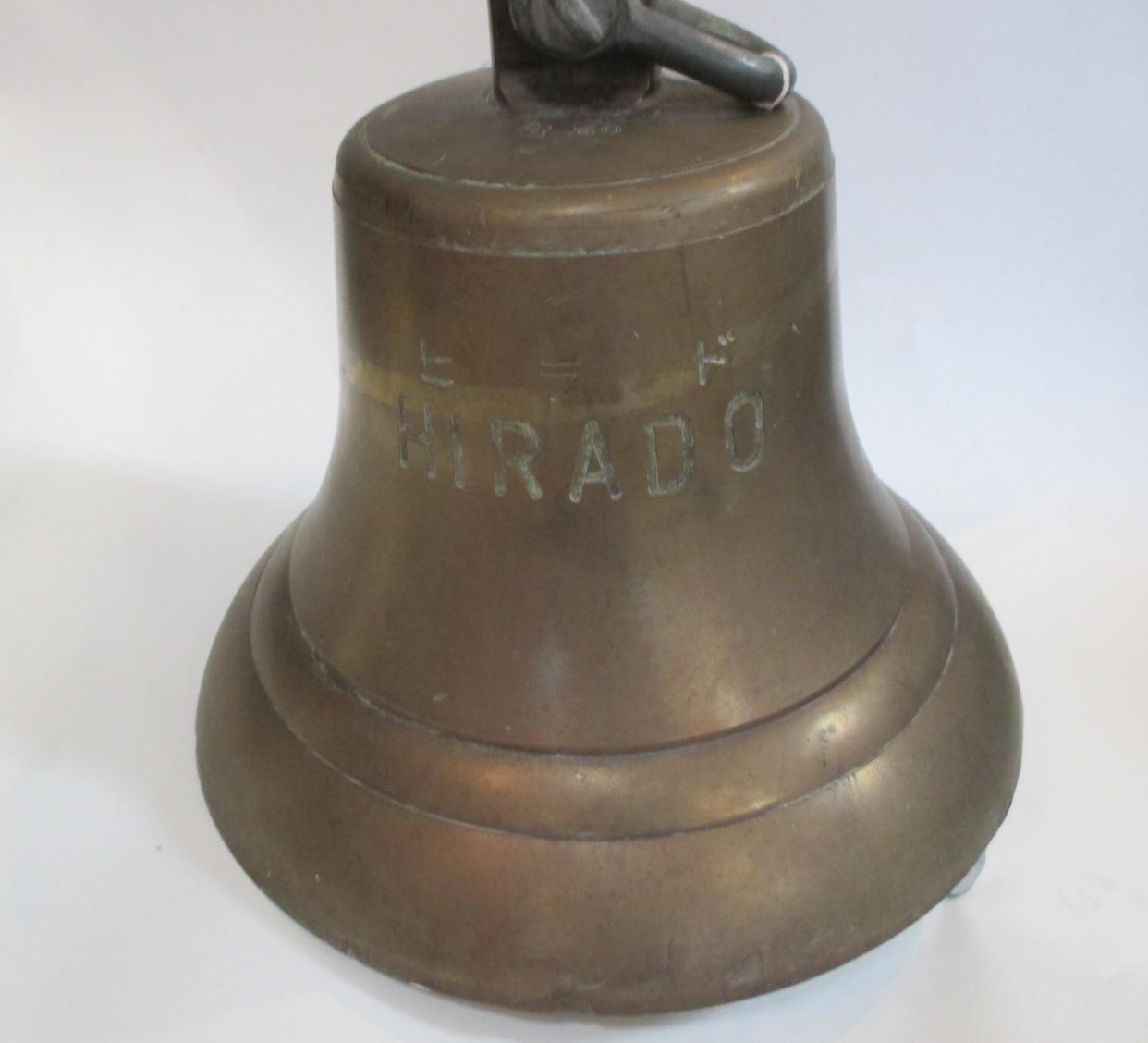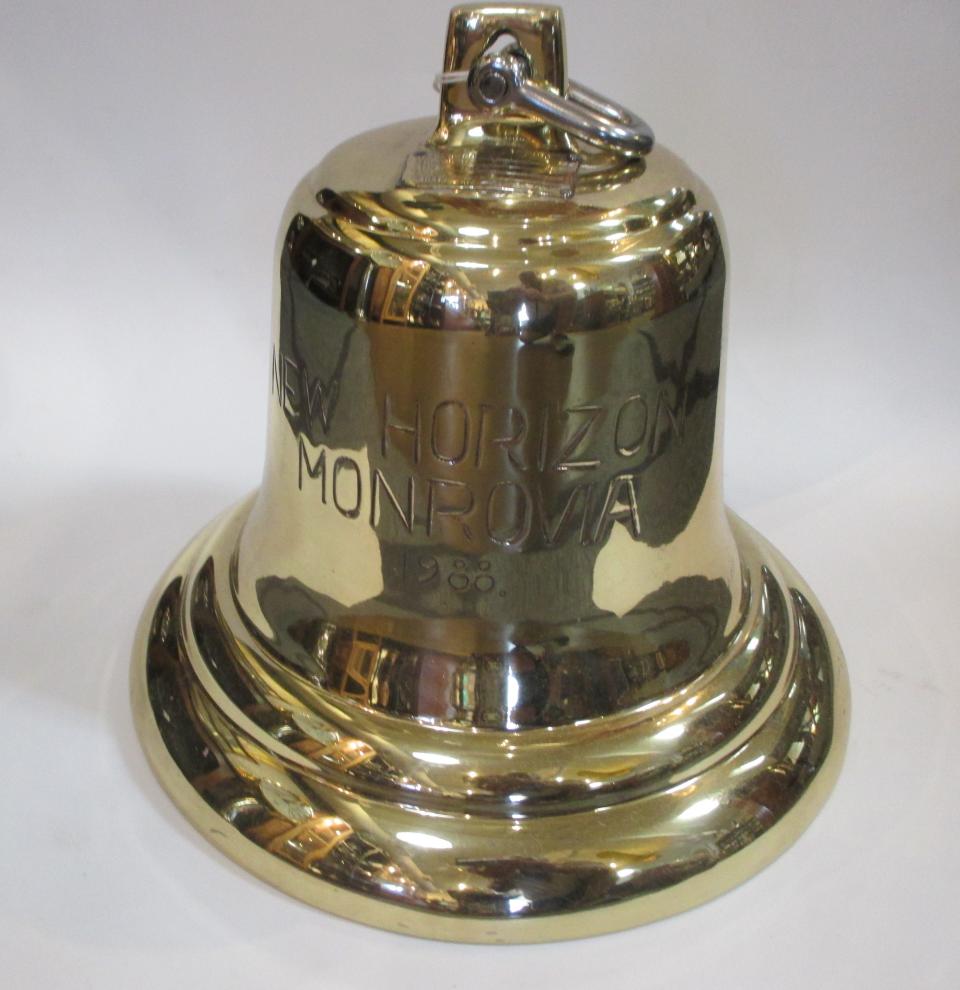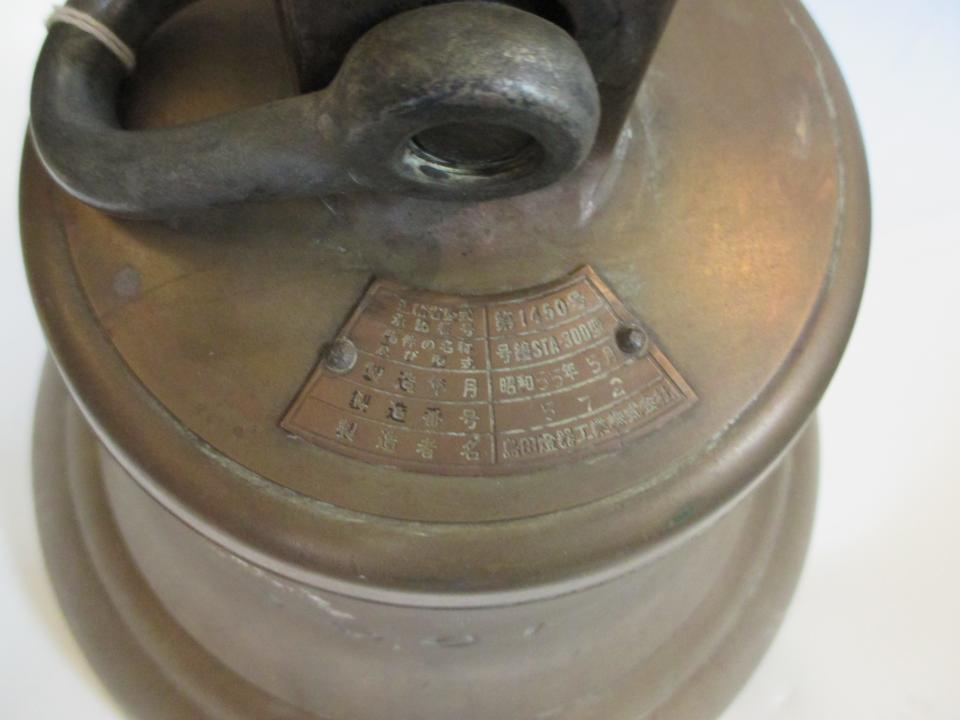Antiques: Seafaring bells make great collectibles

I've always liked bells. They can only do one thing, but they do it so exceedingly well. There are some great bells in existence, not least of which is our very own Liberty Bell in Philadelphia, a hefty 2,000 pounder that rang in this country's founding in 1776. There are bigger and smaller bells out there, but none so significant to us on the eve of our nation's Independence Day.
Antique galleries like ours often have a range of bells, and at the moment we have a spectacular collection of ship's bells that we don't often get. Let's ring in a little history.
If you're any kind of a mariner, you already know that ship's bells are a critical aid to navigation and mandatory on all vessels over a certain size. The International Regulations for Preventing Collisions at Sea, known as COLREGS or more informally as the Rules of the Road, require that all seagoing vessels more than 20 meters in length must have at least one bell aboard at all times. Smaller boats, those over 40' in length, need one too, and there are further rules regarding their size and placement.

The need to carry a ship's bell stems from a Royal Navy regulation put forth in 1858 and has since been made standard on all the world's waterways. In the event of restricted visibility, the regular ringing of a bell will alert vessels ahead to be on the lookout and take whatever action is necessary to avoid a nasty accident.
Ship's bells are almost always bronze, a mixture of copper and tin that provides both hardness and resistance to the elements like salt air. After extended exposure, most bells will turn a pleasing dark green color that gives evidence to the many nautical miles that have passed beneath them. The COLREGS require that such a bell must have at least an 8-inch diameter opening at bottom — and well-made bells of that size are both loud and heavy. One of their more charming elements is that the ship's name and launching date are often prominently visible on the bell's side, giving collectors a wonderful opportunity to investigate the origins of their latest acquisition. Sometimes the results can be surprising.
These days, most vintage ship's bells come from India where much of the world's commercial shipbreaking takes place. Large commercial vessels destined for salvage are run up on the beach where they are stripped of everything portable and then cut into pieces for recycling. Maritime instruments such as binnacles, compasses, bells, sextants and ship's lighting are always the first things to be removed, but the bells are often the only item upon which the ship's name is indelibly marked. With a name and launch date, it's possible to track your bell's history through a number of online resources ... and that is a fascinating journey all by itself.

Apart from their utility, ship's bells can be presented in two distinctive forms: polished and unpolished. Polished bells will gleam like gold and a light coating of lacquer with keep them shiny for years to come. However, unpolished bells with all their scars is what most collectors look for. They are like grizzled sailors in their old dungarees, just waiting for another chance to sail the seven seas.
And insofar as polishing an old bell is not a small undertaking, the cost is often considerably higher. All the same, inviting one of these old salts into your home is a special sort of commitment. If you stare at it long enough, you can often hear the waves.
Mike Rivkin and his wife, Linda, are longtime residents of Rancho Mirage. For many years, he was an award-winning catalogue publisher and has authored seven books, along with countless articles. Now, he's the owner of Antique Galleries of Palm Springs. His antiques column appears Sundays in The Desert Sun. Want to send Mike a question about antiques? Drop him a line at info@silverfishpress.com.
This article originally appeared on Palm Springs Desert Sun: Antiques: Seafaring bells make great collectibles

